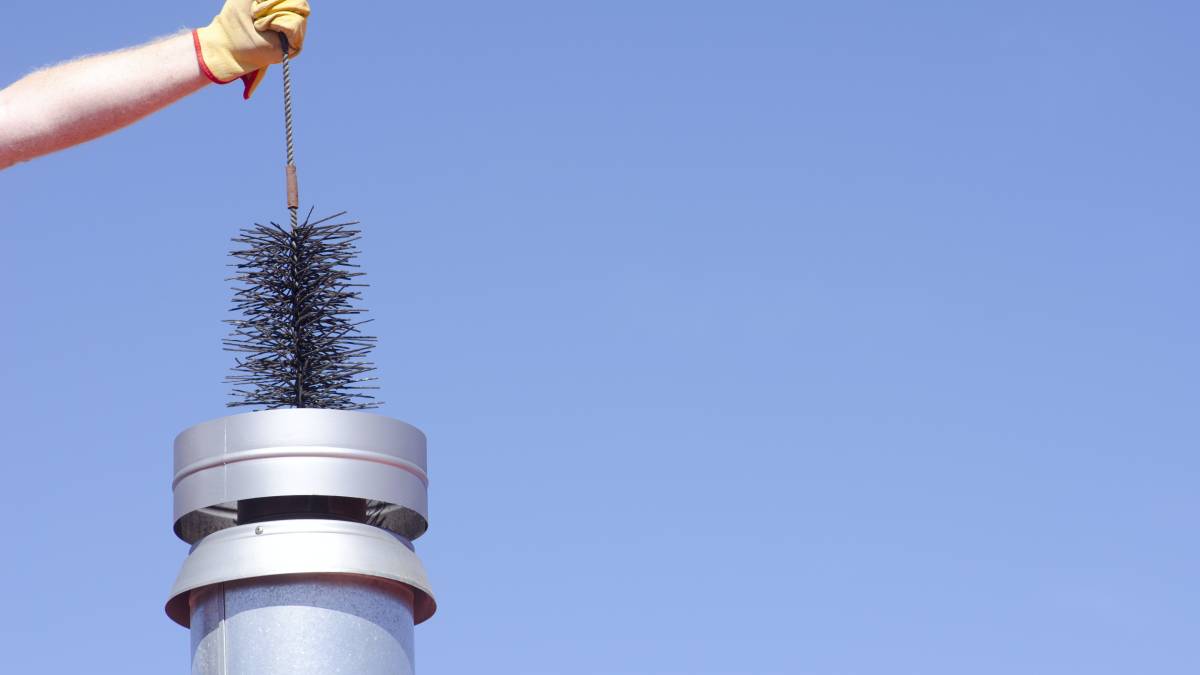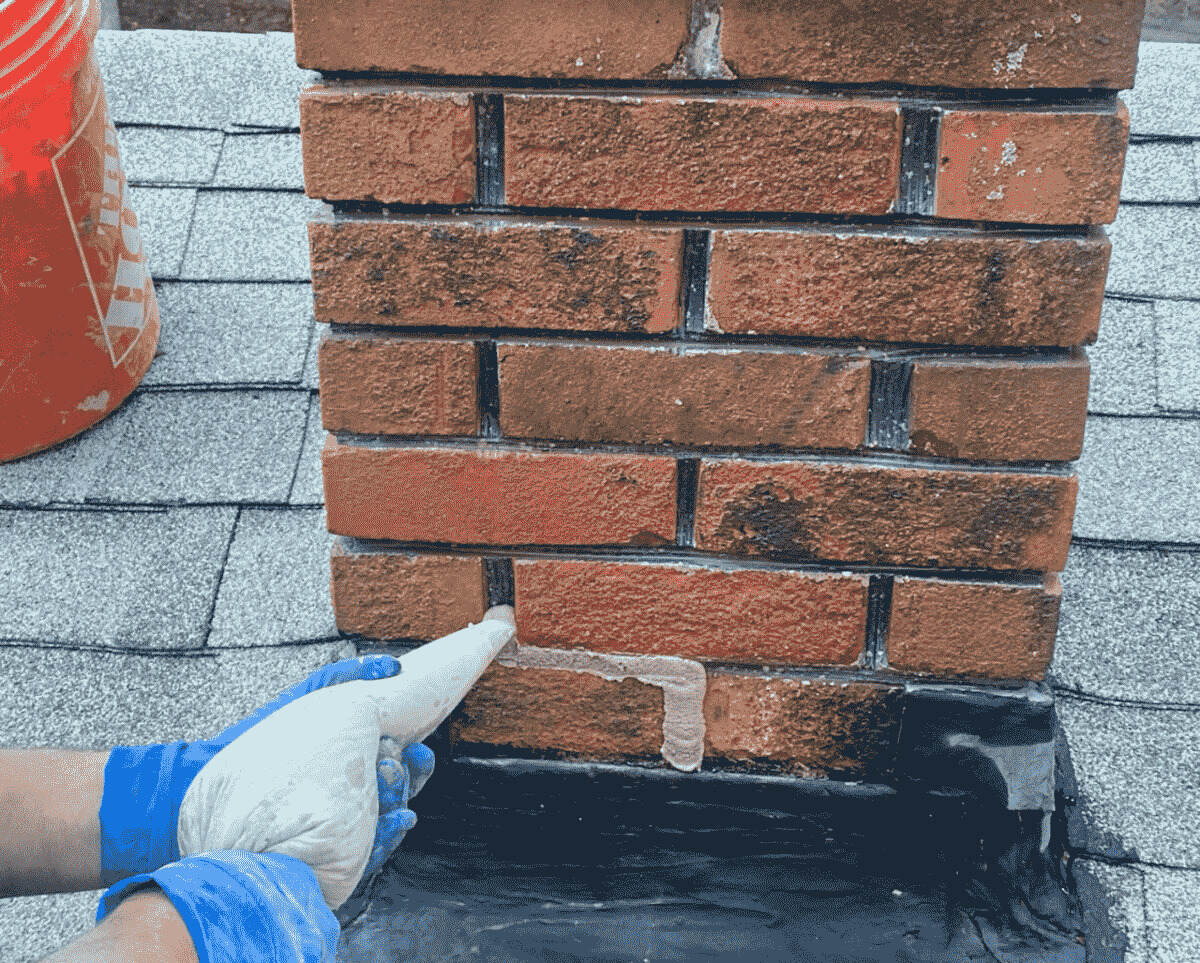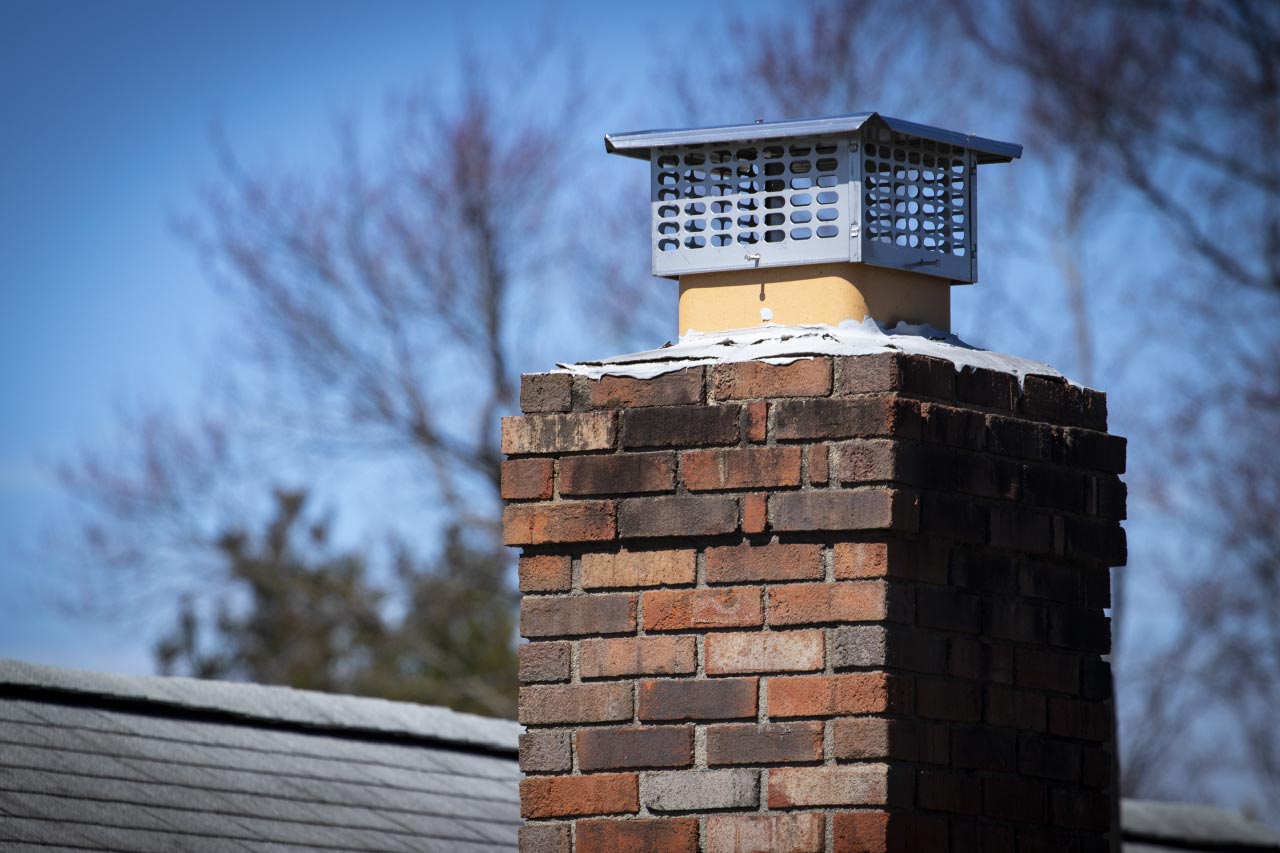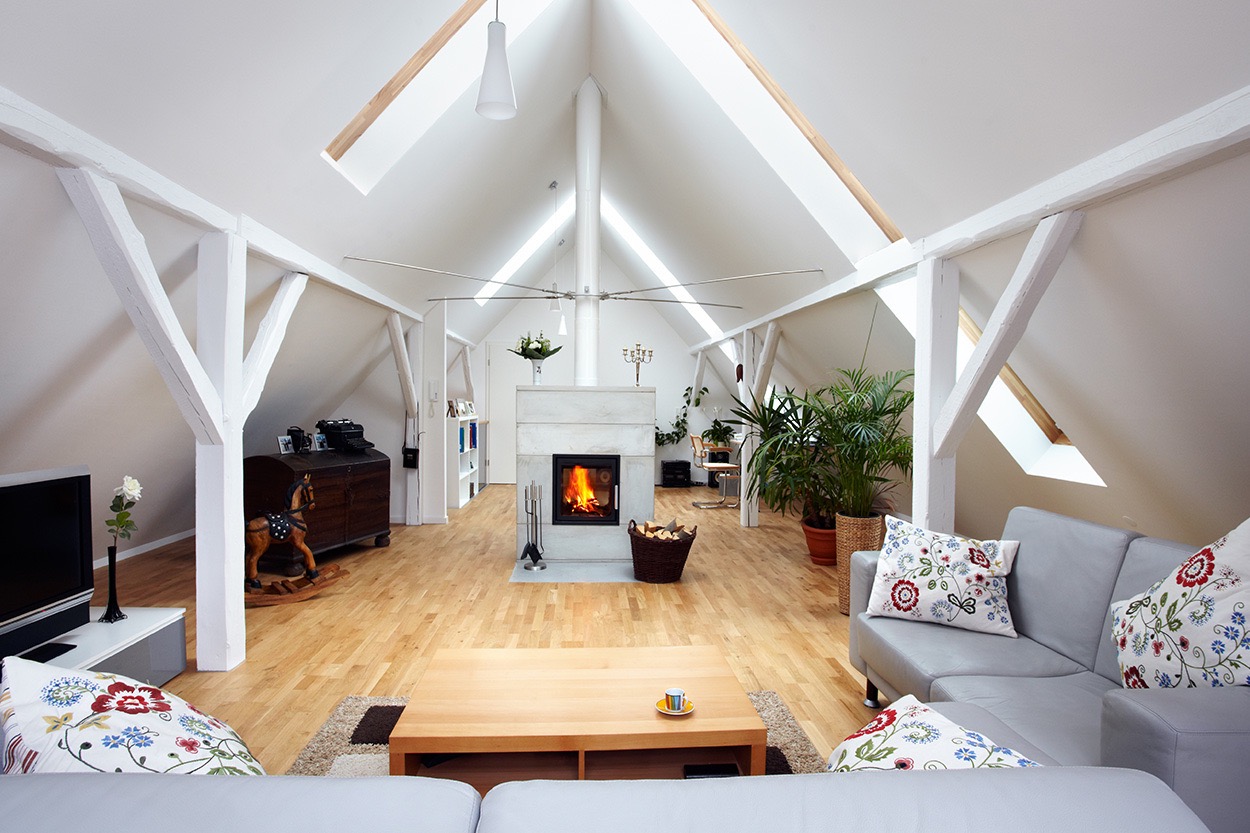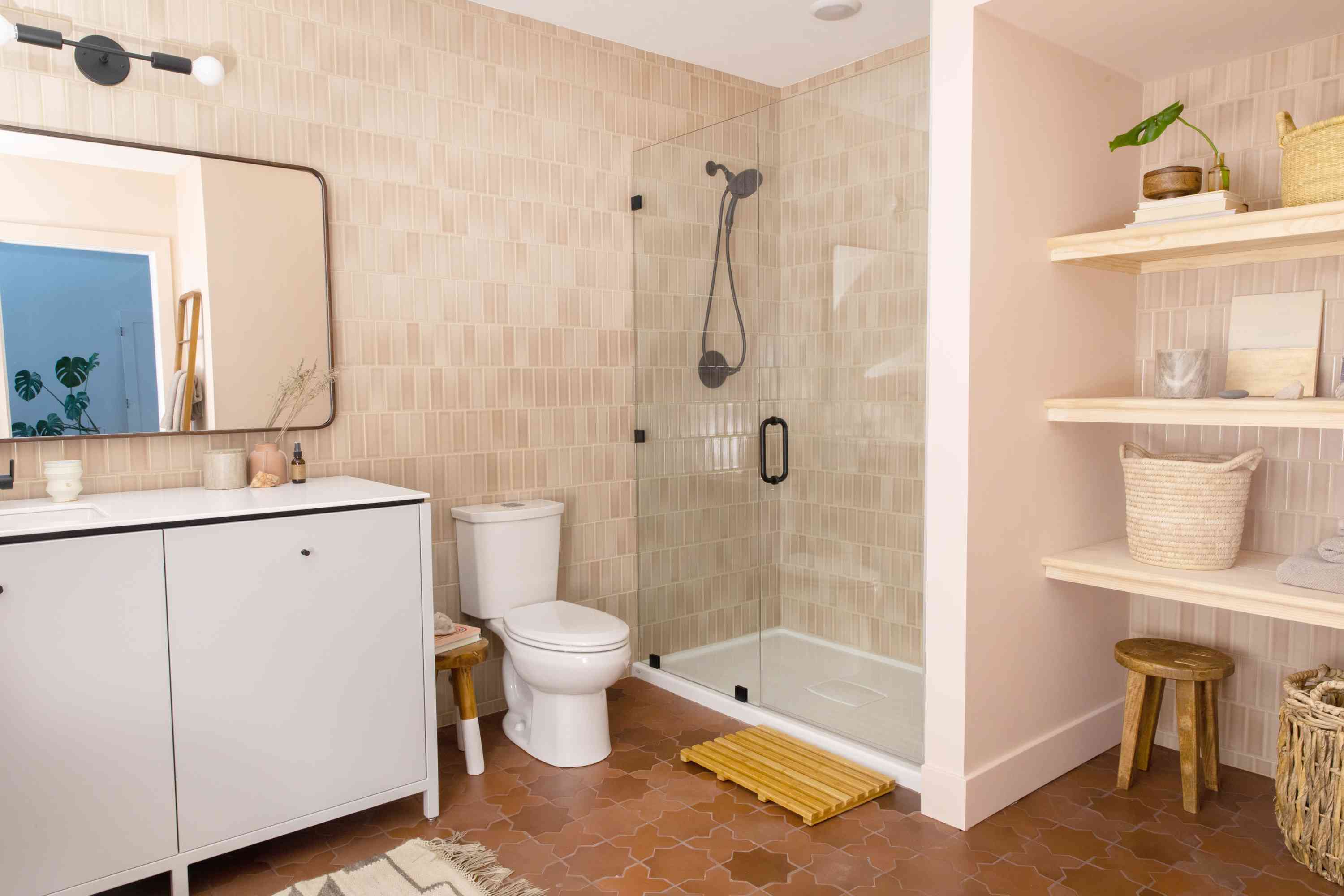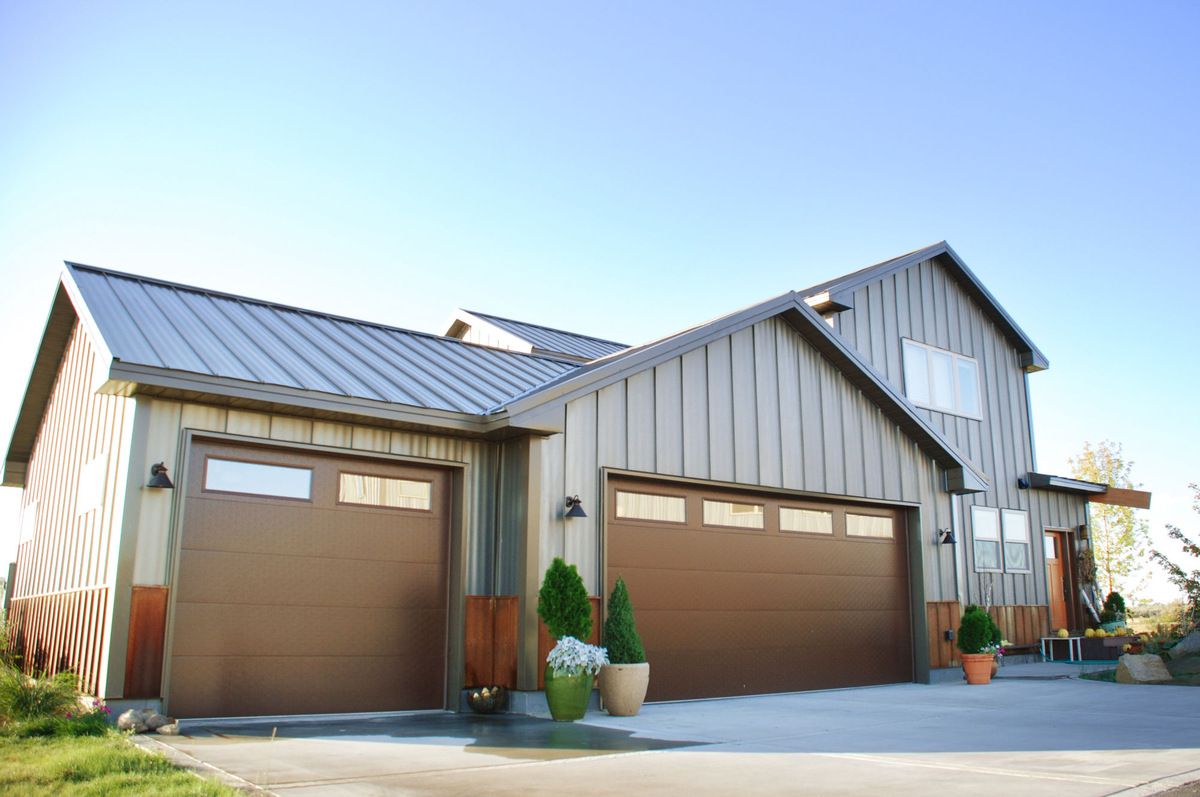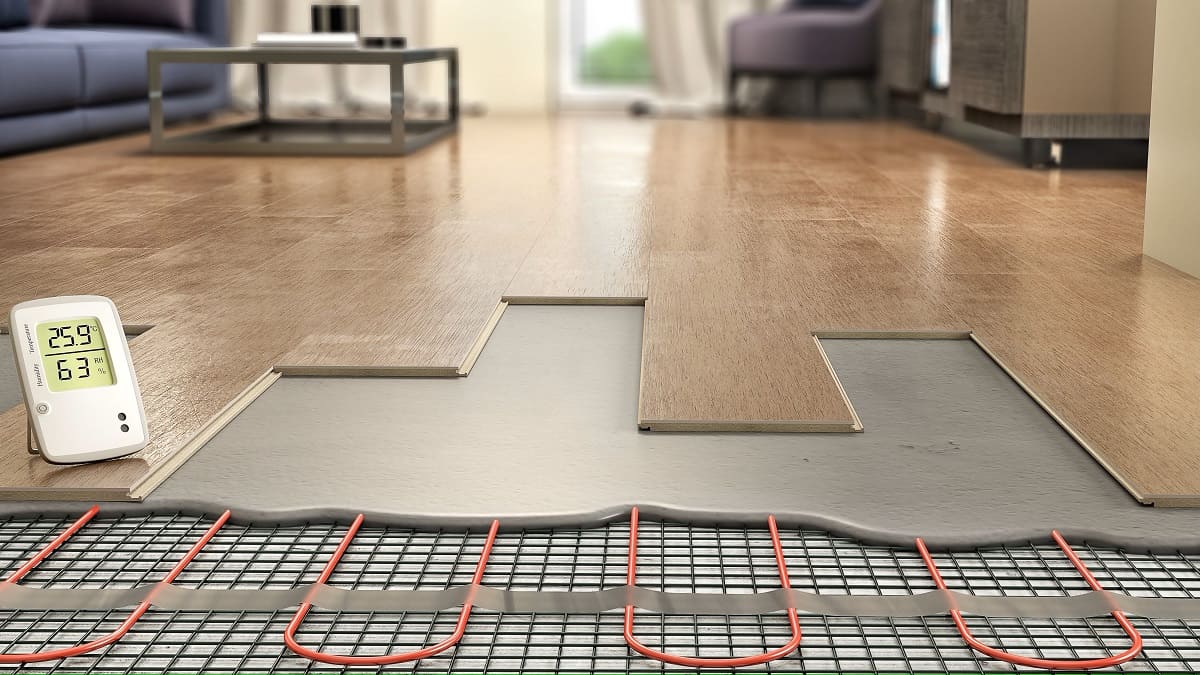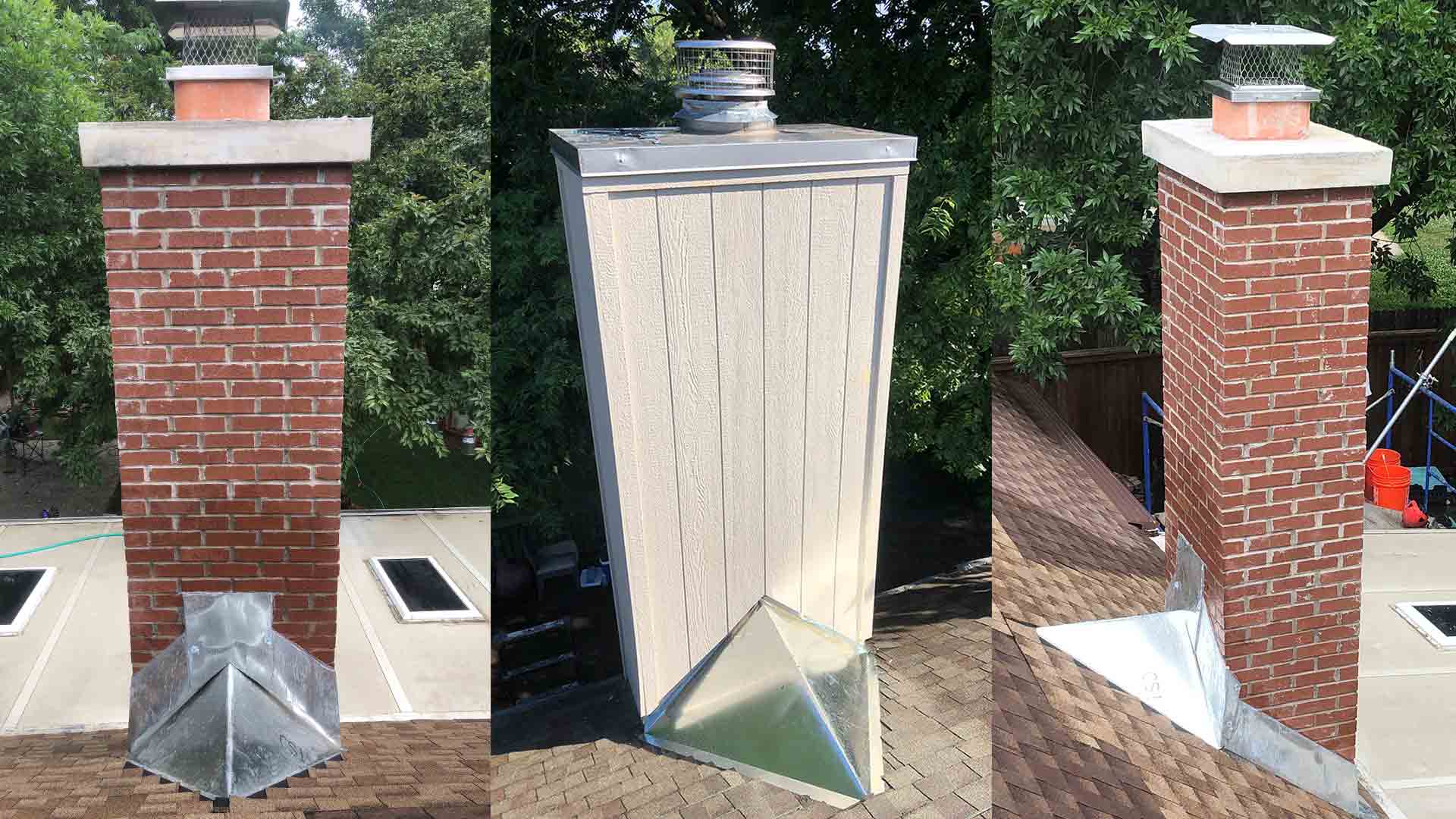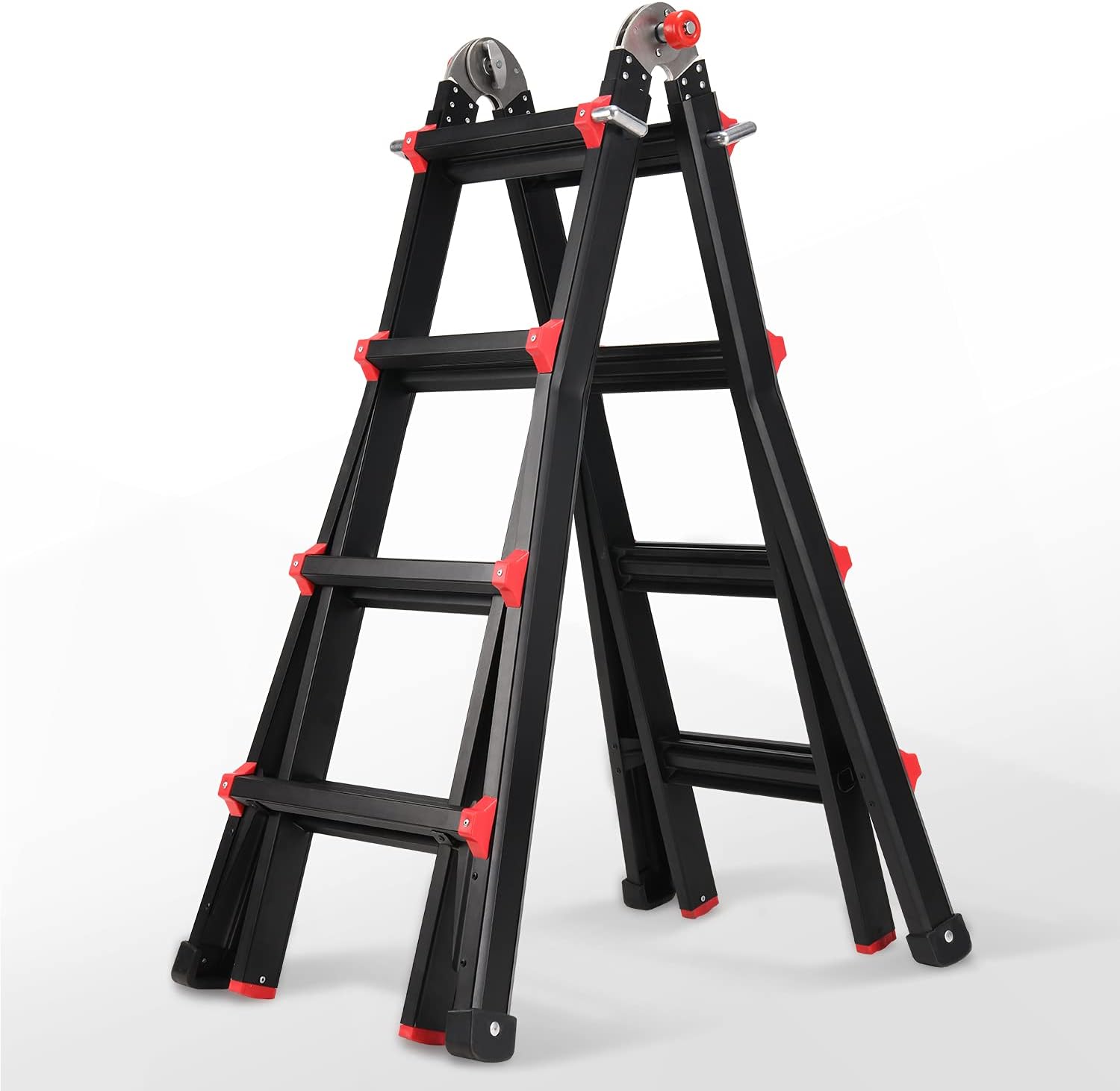Home>Home Maintenance>How Much Does Fascia Repair Cost
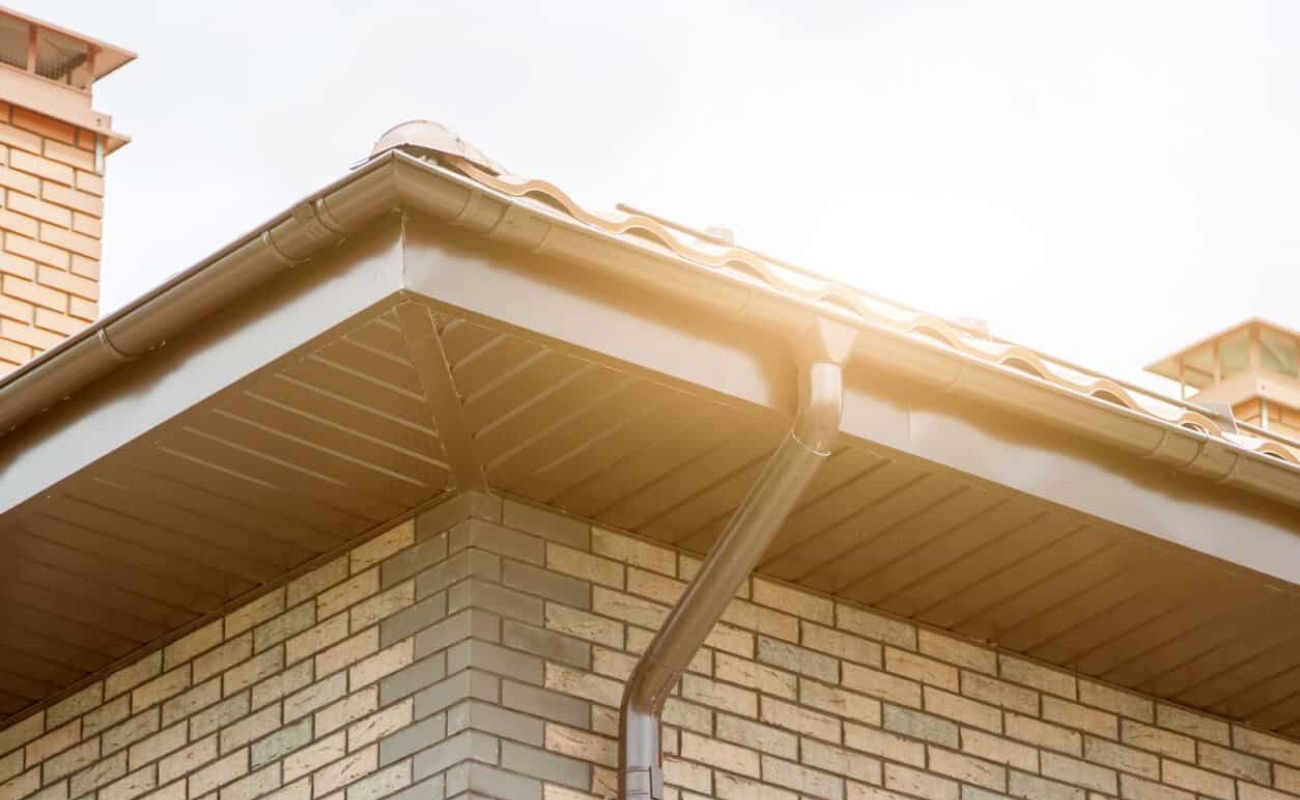

Home Maintenance
How Much Does Fascia Repair Cost
Modified: August 17, 2024
Find out the average cost of fascia repair for your home maintenance needs. Get accurate pricing and budget for your project.
(Many of the links in this article redirect to a specific reviewed product. Your purchase of these products through affiliate links helps to generate commission for Storables.com, at no extra cost. Learn more)
Introduction
Welcome to our guide on the cost of fascia repair. Whether you’re a homeowner or a real estate investor, maintaining the exterior of your property is essential to preserve its value and curb appeal. One crucial element of any home’s exterior is the fascia – the horizontal board that runs along the edge of the roofline. While often overlooked, the fascia plays a vital role in protecting your home from water damage, pests, and other elements.
Over time, the fascia can become damaged due to various factors, such as exposure to harsh weather conditions, moisture intrusion, or insect infestation. When this happens, it’s important to address the issue promptly to avoid further problems down the line.
In this article, we’ll delve into the various factors that can influence the cost of fascia repair, whether you decide to tackle the project yourself or hire a professional. We’ll also provide you with some tips on how to save money along the way.
So, let’s dive into the world of fascia repair costs and explore the best ways to maintain the integrity of your home’s exterior.
Key Takeaways:
- Fascia repair costs vary based on damage severity, material, and accessibility. DIY repairs can save money, but professional expertise ensures long-lasting results and peace of mind.
- Regular maintenance, obtaining multiple quotes, and exploring different material options can help save money on fascia repair without compromising quality and longevity.
Read more: How Much Does It Cost To Replace A Chimney
Understanding Fascia Damage
Before we discuss the cost of fascia repair, it’s important to understand the various types of damage that can affect the fascia boards. By familiarizing yourself with these issues, you’ll be better equipped to assess the extent of the damage and determine the appropriate repair method.
1. Rot and Decay: One common problem with fascia boards is rot and decay, especially if they are made of wood. Exposure to moisture, such as rain or snow, can lead to the growth of fungi, causing the wood to deteriorate over time. Signs of rot may include discoloration, soft spots, and a musty odor.
2. Pest Infestation: Insects like termites, carpenter ants, and wood-boring beetles can cause significant damage to the fascia. They burrow into the wood, weakening its structure and potentially compromising the entire roofing system. Look for signs of sawdust, small holes, or the presence of pests themselves.
3. Physical Damage: The fascia boards can also suffer from physical damage, such as cracks, splits, or warping. This can occur due to weather extremes, falling tree branches, or accidental impact. It’s important to address these issues promptly to prevent further damage and potential water intrusion.
It’s important to note that the severity of fascia damage can vary widely. In some cases, the damage may be localized to a small area and only require a simple repair. However, in more severe cases, the entire fascia board may need to be replaced, which can significantly impact the overall repair cost.
If you’re unsure about the extent of the damage or the best course of action, it’s advisable to consult a professional to assess and provide expert recommendations.
Factors Affecting Fascia Repair Cost
When it comes to determining the cost of fascia repair, several factors come into play. Understanding these factors can help you estimate the expenses associated with the project and make informed decisions. Here are some key factors that can influence the cost of fascia repair:
1. Material: The material of the fascia board can significantly affect the repair cost. Wood fascia boards are generally more expensive to repair or replace compared to vinyl or aluminum ones. The cost variation is primarily due to the difference in material cost and the complexity of the repair process.
2. Extent of Damage: The severity and extent of the damage will play a significant role in determining the repair cost. Minor damage, such as small cracks or localized rot, can be relatively affordable to address. However, extensive rot or widespread damage may necessitate the replacement of a larger portion or the entire fascia board, leading to higher costs.
3. Accessibility: The accessibility of the damaged fascia can also impact the repair cost. If the damaged section is easily reachable, repairs can be completed more quickly and with less effort, resulting in lower labor costs. On the other hand, if the damaged area is hard to access, it may require additional time, equipment, and expertise, potentially increasing the overall repair expenses.
4. Location: The location of your property can also influence the repair cost. Labor rates and material costs can vary from one region to another, so it’s important to consider the local market when estimating the project expenses. Additionally, if your property is in a remote area, it may require additional transportation costs for the materials and labor.
5. Additional Services: Sometimes, fascia repair may require additional services, such as gutter replacement, soffit repair, or painting. These additional tasks will add to the overall cost of the project. It’s essential to assess the condition of these related elements and factor in the costs accordingly.
Overall, the cost of fascia repair can range from a few hundred dollars for minor repairs to several thousand dollars for extensive damage or complete fascia replacement. To get a precise estimate, it’s best to consult with a professional contractor who can evaluate your specific situation and provide a detailed quote.
DIY vs. Professional Fascia Repair
When faced with fascia repair, one important decision to make is whether to tackle the project yourself or hire a professional. While DIY repairs can save you money upfront, it’s crucial to weigh the pros and cons before making a decision. Let’s explore the benefits and considerations of both options:
DIY Fascia Repair:
- Cost Savings: One of the primary advantages of DIY fascia repair is the potential cost savings. By taking on the project yourself, you can avoid labor costs and potentially save a significant amount of money.
- Flexibility: DIY repairs allow you to work at your own pace and schedule. You have the freedom to choose materials and methods that suit your preferences.
- Learning Opportunity: Taking on a DIY project can provide a valuable learning experience. You can gain new skills and knowledge that may be useful for future home maintenance tasks.
However, it’s important to consider the potential drawbacks of DIY fascia repair:
- Skill and Expertise: Fascia repair requires a certain level of skill and expertise, especially if the damage is extensive. If you lack experience in home repairs or carpentry, it may be challenging to achieve proper and long-lasting results.
- Time and Effort: Fascia repair can be a time-consuming task, especially if you’re not familiar with the process. It may involve dismantling and removing the damaged fascia, sourcing materials, and making precise cuts to ensure a proper fit.
- Safety Risks: Working at heights and handling tools can pose safety risks, especially for individuals without the necessary training or equipment. Improper execution can lead to accidents or further damage to your property.
Professional Fascia Repair:
- Expertise and Experience: Professional contractors have the knowledge and experience to assess the extent of the damage accurately. They can provide accurate estimates, recommend the best repair methods, and ensure quality workmanship.
- Time and Efficiency: Hiring professionals can save you time and effort. They have the necessary tools, equipment, and resources to complete the repairs efficiently, minimizing disruption to your daily routine.
- Warranty and Guarantee: Reputable contractors often provide warranties or guarantees on their work. This provides you with peace of mind, knowing that you’re protected if any issues arise after the repair.
Of course, professional fascia repair comes at a cost. You’ll need to budget for labor charges, materials, and potentially additional services. However, considering the potential risks and complexities involved, hiring professionals can ensure a successful and long-lasting repair.
In the end, the decision between DIY or professional fascia repair depends on your skills, experience, and comfort level with undertaking such projects. If you’re confident in your abilities and have the necessary tools and knowledge, DIY repair may be a viable option. Otherwise, it’s advisable to consult with professionals to ensure the best possible outcome for your fascia repair project.
Tip: The cost of fascia repair can vary depending on the extent of the damage and the materials used. It’s best to get multiple quotes from reputable contractors to compare prices and ensure you’re getting a fair deal.
Average Cost of Fascia Repair
The cost of fascia repair can vary widely depending on the factors we discussed earlier, such as the extent of damage, material, accessibility, location, and additional services required. To provide you with a general idea, let’s explore the average cost range for fascia repair:
– Minor repairs: If the damage is isolated and minor, such as repairing a small crack or replacing a small section of the fascia, you can expect to spend anywhere from $200 to $500. The cost will primarily depend on the material and labor involved.
– Moderate repairs: If the damage is more extensive and requires partial fascia replacement or addressing widespread rot, the cost can range between $500 to $1,500. This range includes materials, labor, and any necessary additional services, such as gutter replacement or soffit repair.
– Complete fascia replacement: In severe cases where the entire fascia board needs to be replaced, the cost can range from $2,000 to $5,000 or more. The exact cost will depend on the size of your property, material choice, labor rates, and any additional factors like difficult access or specialty materials.
It’s important to note that these cost ranges are estimates and can vary significantly depending on your specific circumstances and the local market conditions. Obtaining multiple quotes from reputable contractors is the best way to get a more accurate assessment of the costs involved for your fascia repair project.
Additionally, keep in mind that these costs do not include any potential costs for addressing underlying issues, such as repairing roof damage or addressing structural concerns. It’s important to thoroughly assess the condition of your home’s exterior and address any related issues to ensure a comprehensive repair.
Remember, investing in high-quality materials and professional workmanship can provide long-term benefits by increasing the durability and lifespan of your fascia. While it may be tempting to choose the lowest cost option, prioritize quality and ensure the repairs are done correctly to avoid further expenses and potential damage down the line.
Read more: How Much Does Chimney Inspection Cost
Additional Costs and Considerations
When budgeting for fascia repair, it’s important to consider any potential additional costs and factors that may affect the overall project expenses. Here are some key considerations to keep in mind:
1. Gutter Replacement: If your fascia repair involves removing and replacing gutters, you’ll need to account for the cost of gutter materials and installation. Gutter replacement costs can range from $5 to $15 per linear foot, depending on the material chosen and the complexity of the installation.
2. Soffit Repair: Damaged fascia boards are often accompanied by damaged soffits, which are the underside of the eaves. If your soffits require repair or replacement, you’ll need to include these costs in your budget. Soffit repair expenses can range from $20 to $40 per square foot, depending on the material and labor involved.
3. Painting or Finishing: After fascia repair or replacement, you may need to paint or finish the new or repaired fascia to match the rest of your home’s exterior. Painting costs can vary depending on the size of the fascia and the paint quality. Consider the cost of paint, primer, brushes, and any necessary equipment or professional painters if you decide to hire them.
4. Permit Fees: Depending on your local regulations, you may need to obtain permits for certain types of fascia repair or replacement. Permit fees can add to the overall project costs and should be considered in your budget. Check with your local building authority to determine if permits are required and what the associated fees might be.
5. Maintenance and Prevention: While not an immediate cost, it’s worth considering ongoing maintenance and preventative measures for your fascia. Regular maintenance, such as cleaning the gutters and inspecting the fascia for signs of damage, can help prevent future issues and potentially save you from larger repair costs in the long run.
6. Insurance Coverage: Depending on the cause of the fascia damage, your homeowner’s insurance policy might cover a portion of the repair expenses. Review your insurance policy and consult with your insurance provider to determine whether your policy includes coverage for fascia repair and any specific requirements or limitations that may apply.
It’s important to carefully evaluate these additional costs and considerations and factor them into your overall budget for fascia repair. Allocating funds for these potential expenses will help you avoid any unexpected financial burdens and ensure a smooth and successful repair process.
Tips for Saving Money on Fascia Repair
While fascia repair is an important investment in maintaining your home’s exterior, there are a few strategies you can employ to help save money and keep the project within your budget. Here are some tips for cost-saving on fascia repair:
1. Regular Maintenance: The best way to avoid costly repairs is to stay proactive with regular maintenance. Keep your gutters clean and inspect the fascia regularly for any signs of damage or wear. Addressing minor issues promptly can prevent them from escalating into more significant and costly problems.
2. DIY Repairs (If Appropriate): For minor repairs that don’t require extensive carpentry skills or specialized equipment, consider tackling the project yourself. Research proper techniques, use high-quality materials, and follow safety guidelines to ensure a successful DIY repair. However, be realistic about your abilities, and don’t hesitate to call a professional if the repair is beyond your skill level.
3. Obtain Multiple Quotes: For more complex or extensive fascia repairs, it’s essential to gather quotes from multiple contractors. This allows you to compare prices, services offered, and the overall value provided. Be sure to ask about included warranties, references, and previous work samples to make an informed decision.
4. Explore Different Material Options: When it comes to fascia boards, there are various material options available, each with its own price range. Consider the pros and cons of different materials, such as wood, vinyl, or aluminum, and determine which one best fits your budget and long-term maintenance needs.
5. Plan Ahead: If a potential fascia repair is on your radar, start budgeting for it ahead of time. Setting aside funds in advance allows you to have a financial cushion and avoid last-minute budget strain. It’s always better to be prepared for repairs rather than caught off guard.
6. Negotiate and Seek Discounts: When discussing the project with contractors, don’t hesitate to negotiate the price or ask for any available discounts. Sometimes, contractors may offer reduced rates during slower periods or for larger projects. Additionally, check for any local business promotions, manufacturer rebates, or seasonal discounts that might apply to fascia materials or services.
7. Combine Repairs and Projects: If other exterior renovations or repairs are on your to-do list, consider bundling them together to save on labor costs. For example, if you’re planning to repaint your home’s exterior, coordinate the fascia repair with the painting project to minimize additional labor charges.
8. DIY Maintenance: To extend the lifespan of your fascia and minimize future repair costs, establish a routine maintenance schedule. Simple tasks like cleaning gutters, resealing joints, or applying protective coatings can be done by homeowners and help preserve the integrity of the fascia.
While it’s important to save money on fascia repair, remember not to compromise on quality. Cutting corners or opting for subpar materials or workmanship can lead to more significant problems and higher expenses down the line. Balance cost-saving strategies with ensuring a long-lasting and durable repair for your home’s fascia.
Conclusion
When it comes to fascia repair, it’s crucial to address any damage promptly to maintain the integrity and aesthetics of your home’s exterior. While the cost of fascia repair can vary depending on factors like the extent of damage, material, accessibility, and location, it’s important to prioritize both quality and budget considerations.
Whether you decide to take on a DIY project or hire a professional contractor, carefully evaluate your skills, experience, and comfort level before making a decision. DIY repairs can offer cost savings, but they require adequate knowledge and expertise to ensure proper results. On the other hand, professional fascia repair can provide peace of mind, quality workmanship, and efficient completion of the project.
Remember to consider other related expenses such as gutter replacement, soffit repair, painting, permit fees, and ongoing maintenance. Obtaining multiple quotes, negotiating prices, and exploring different material options can help you make an informed decision while keeping your budget in check.
By following these tips and strategies, you can save money on fascia repair without compromising on the quality and longevity of your home’s exterior. Regular maintenance, proper planning, and careful consideration of all costs and factors involved will contribute to the success of your fascia repair project.
Take the time to assess your specific needs, consult professionals when necessary, and invest in high-quality materials and workmanship. By doing so, you’ll safeguard your property, enhance its curb appeal, and ensure that your fascia remains in excellent condition for years to come.
Frequently Asked Questions about How Much Does Fascia Repair Cost
Was this page helpful?
At Storables.com, we guarantee accurate and reliable information. Our content, validated by Expert Board Contributors, is crafted following stringent Editorial Policies. We're committed to providing you with well-researched, expert-backed insights for all your informational needs.
